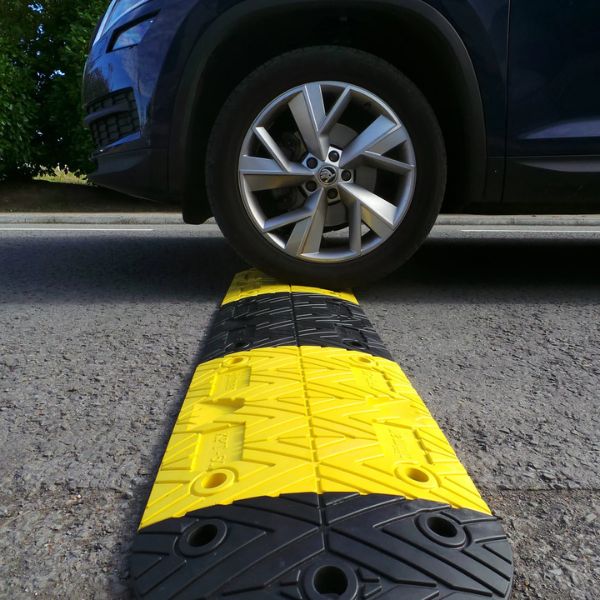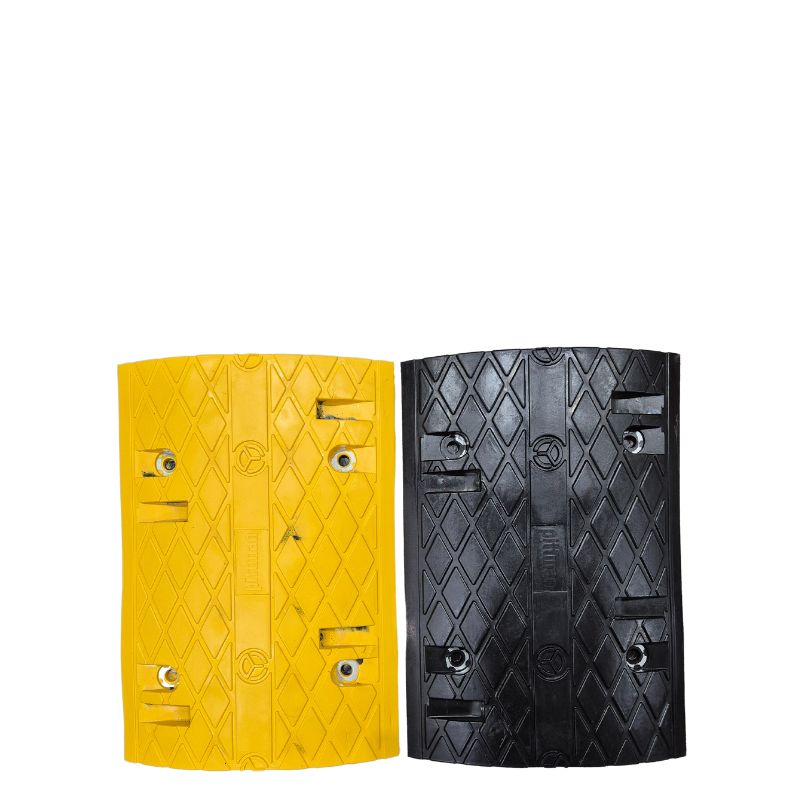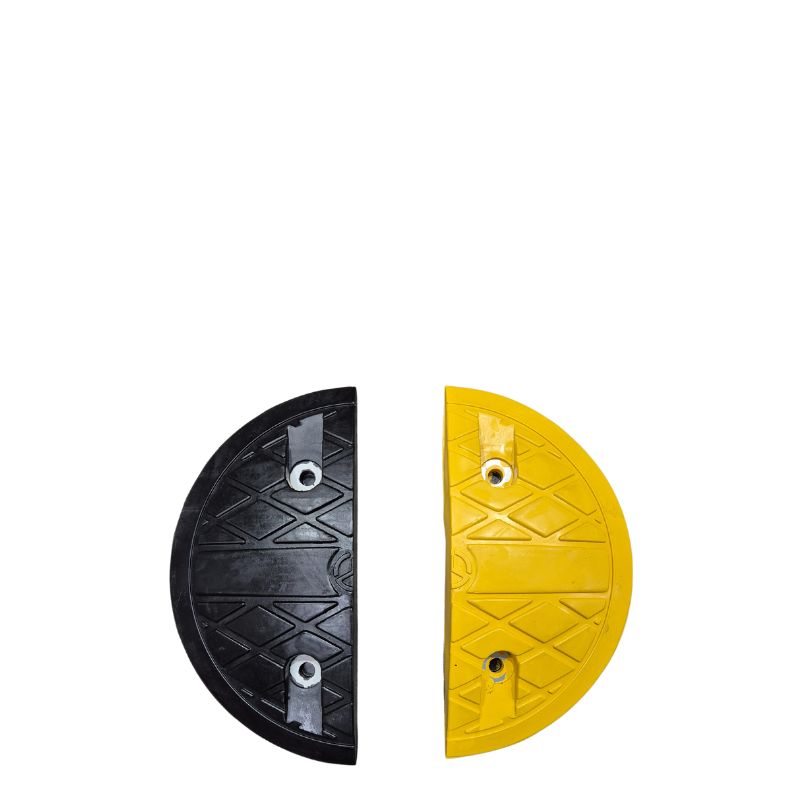Speed Ramps
A full range of modular Speed Ramps, expertly designed to slow vehicles and improve safety in high-traffic areas. Cost-effective, reliable, and long-lasting.
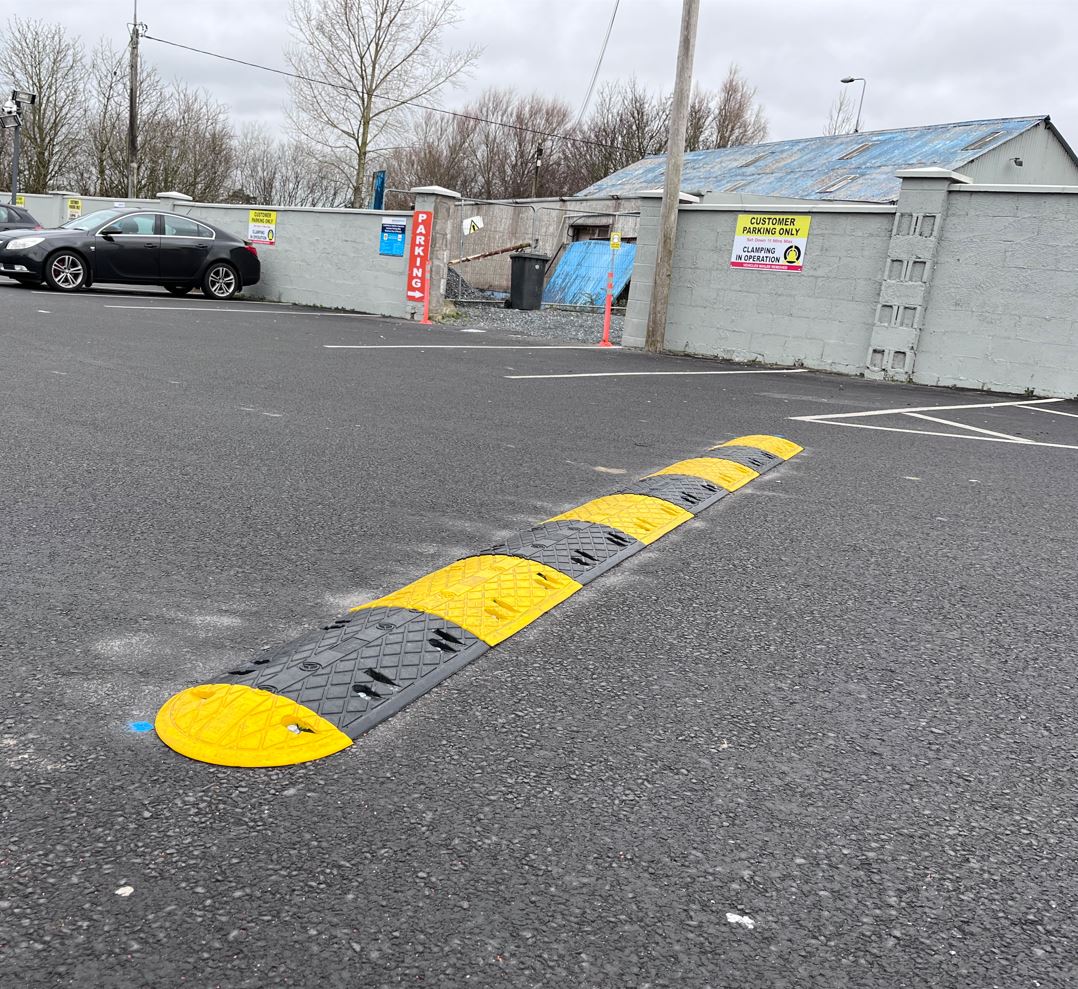
SKU: 756121
Pittman®
Pittman™ 50mm Rubber Speed Bump Kit
Sale priceFrom £72.03ex VAT
Suitable For Cars And Light Commercial Vehicles
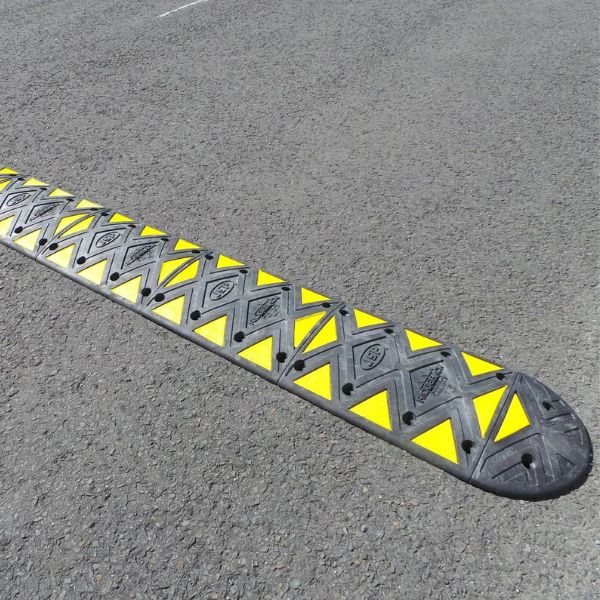
SKU: 756728
JSP
JSP Ridgeback Speed Bump Kit 75mm
Sale priceFrom £199.00ex VAT
Our Highest Bump - Slows Cars to 5mph
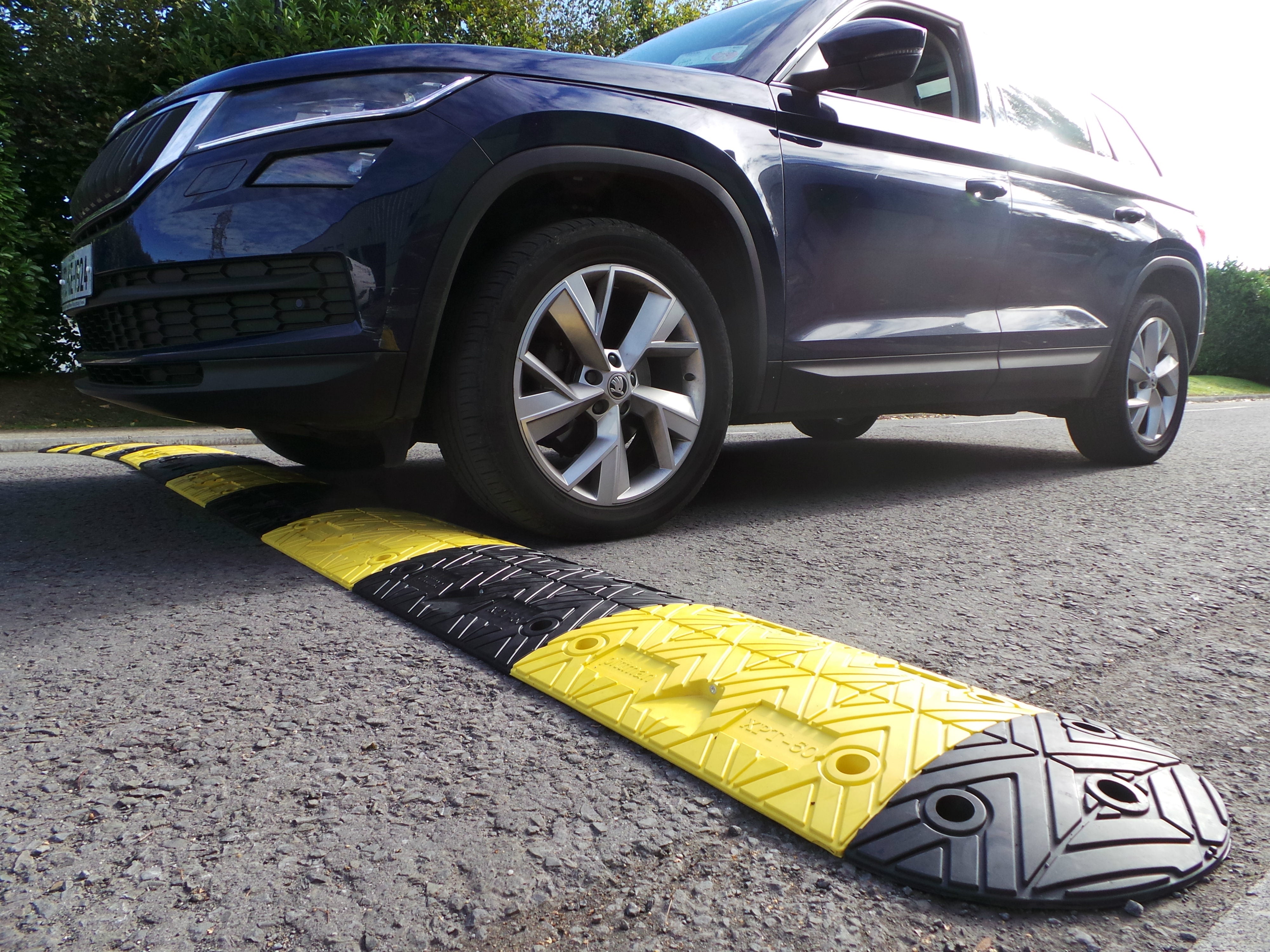
SKU: 747004
XPT
XPT-50 Rubber Speed Bump Kit 50mm
Sale priceFrom £274.95ex VAT
Perfect For HGV Traffic
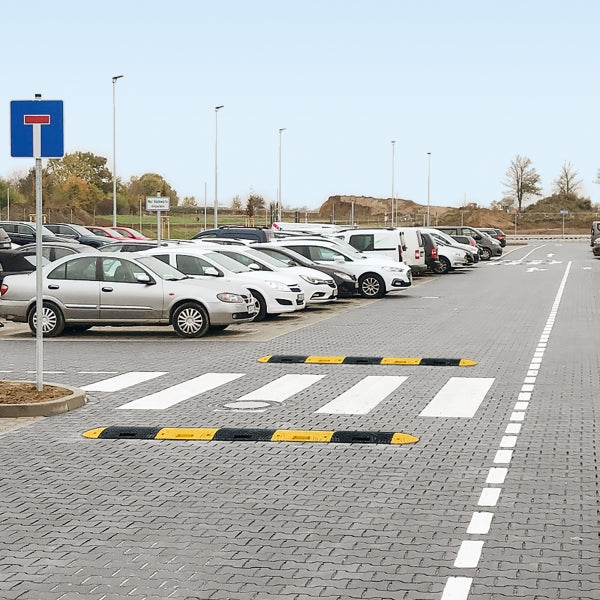
SKU: 899021
Moravia
TOPSTOP-ECO Speed Bump Kit 50mm
Sale priceFrom £173.50ex VAT
Includes 'Cats Eyes' For Heightened Visibility
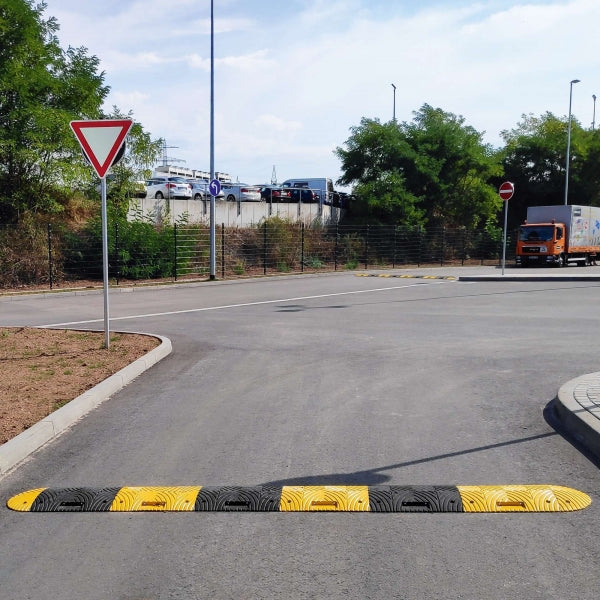
SKU: 755925
Moravia
TOPSTOP-ECO Speed Bump Kit 70mm
Sale priceFrom £229.00ex VAT
Severe Ramp To Slow To 5mph
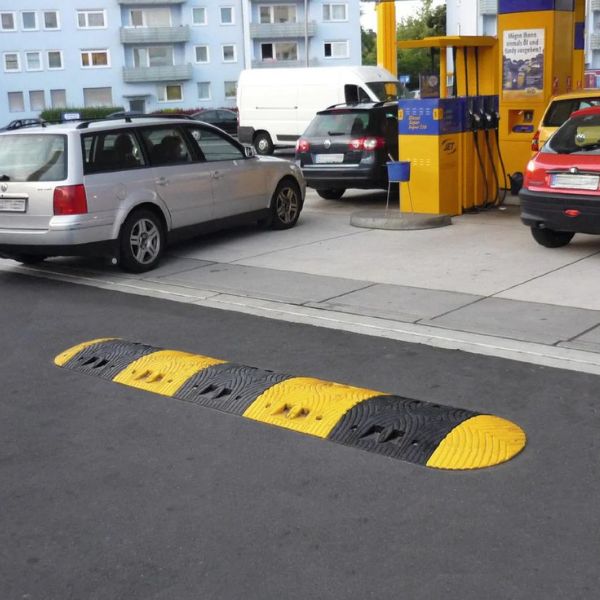
SKU: 768056
Moravia
TOPSTOP-ECO Speed Bump Kit 30mm
Sale priceFrom £126.00ex VAT
Gently Slows Traffic to 15mph
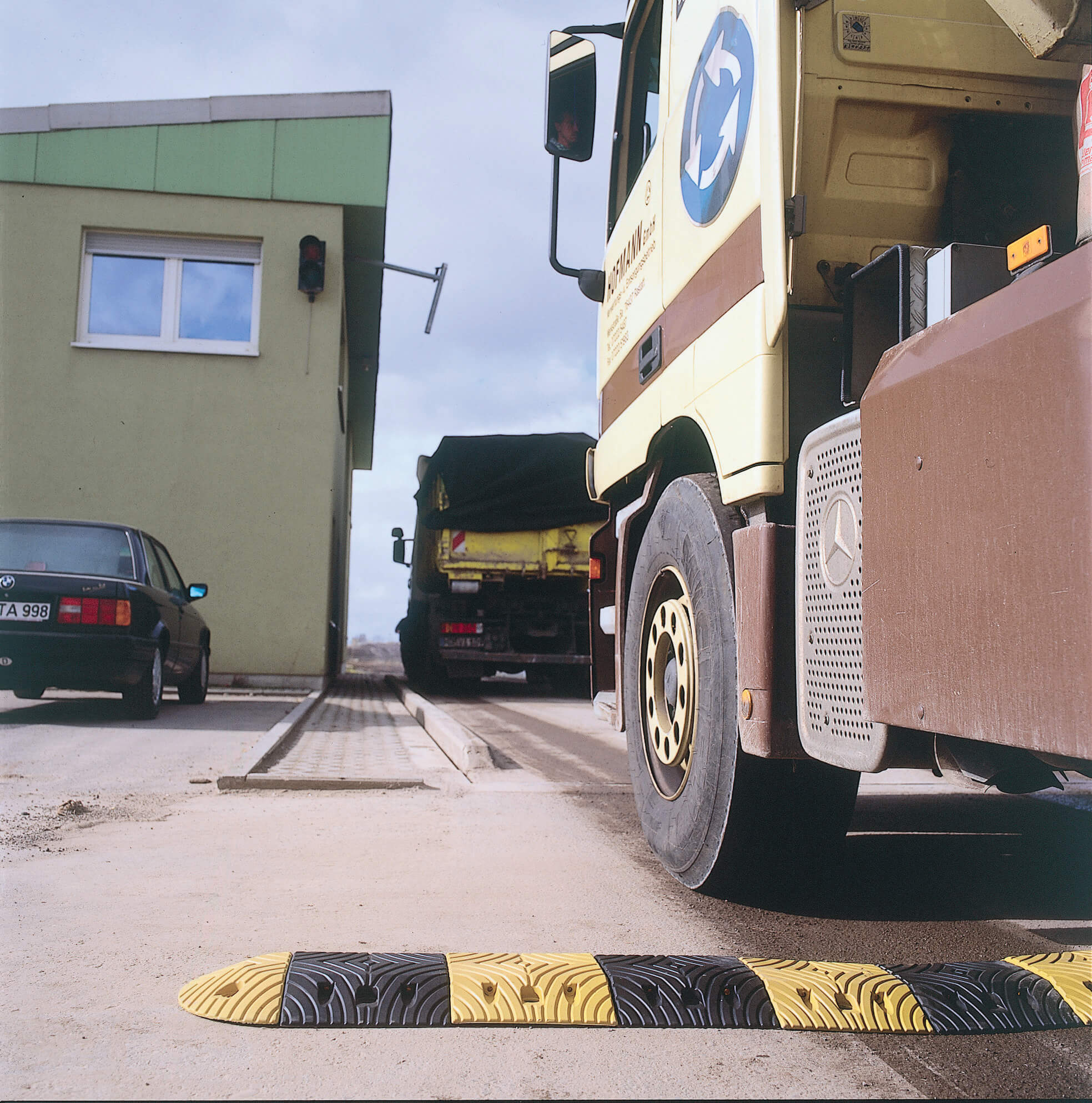
SKU: 768072
Moravia
TOPSTOP HGV Speed Bump 50mm
Sale priceFrom £27.50ex VAT
Heavy Duty For Regular HGV Use
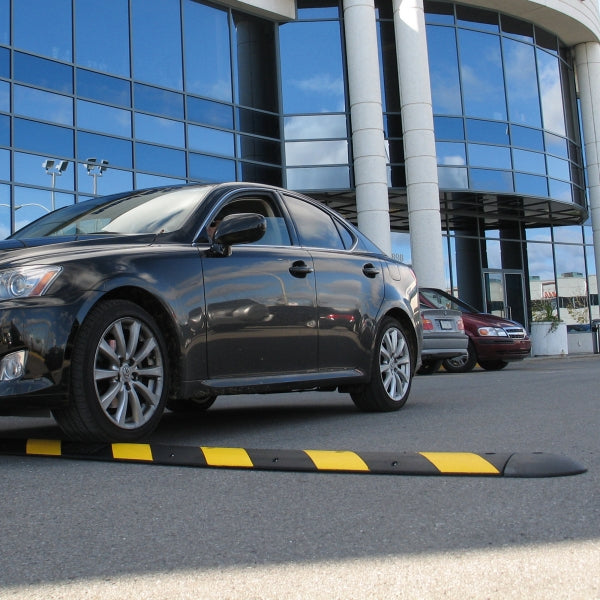
SKU: 862961
Moravia
Easy Rider® Speed Bump
Sale priceFrom £25.00ex VAT
Large Centre Sections Allow For Quick Install

SKU: 735505
Moravia
TOPSTOP HGV Speed Bump 70mm
Sale priceFrom £35.00ex VAT
Heavy Duty For Regular HGV Use





